Post
4 Min.
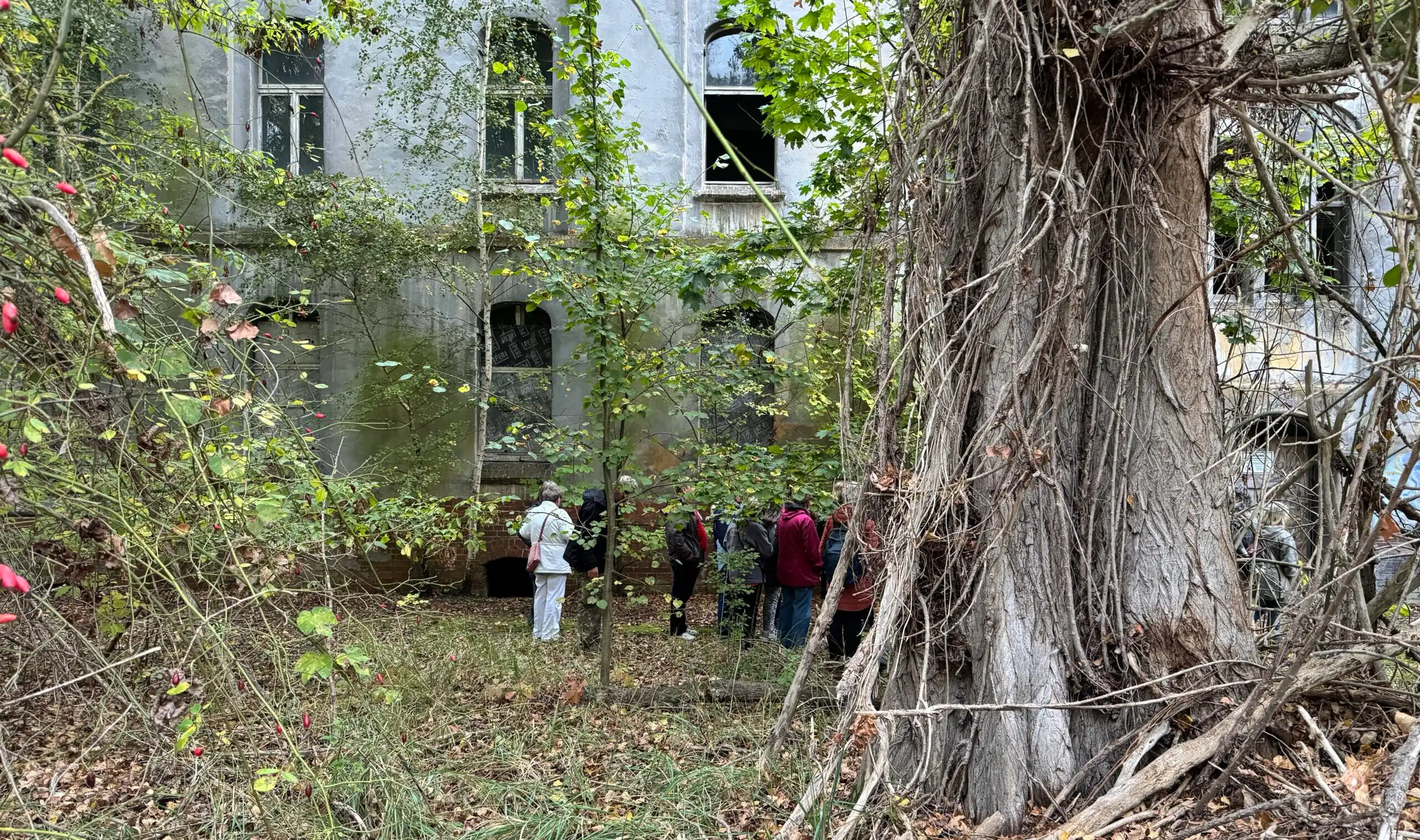
16. June 2025
How the withdrawal of military troops continues to shape a place
It looks like an enchanted place today – the former base of the Soviet army on the Oder Island in Küstrin-Kietz. The village is located in Brandenburg, directly on the Oder and the Polish border. More than almost any other place, it has been shaped by the Cold War, decades of military presence and the profound upheavals following the Peaceful Revolution and German reunification.
In the 1950s, the Soviet military stationed mainly bridge-building pioneers and chemical troops on the small island in the Oder, which is still called “Russian Island” by the local population today. 40 years later, the Wall fell, the Soviet Union collapsed and the Cold War came to an end. Moscow withdrew its troops. This military withdrawal marked a profound upheaval for Küstrin-Kietz. The infrastructure collapsed, many jobs were lost and people left the town.
Despite numerous ideas for the subsequent use of the Oder Island – from tourism or health facilities to a historical documentation center or a duty-free zone – the Oder Island remained unused. While the site fell into disrepair, local initiatives are now striving to create new perspectives and impetus.
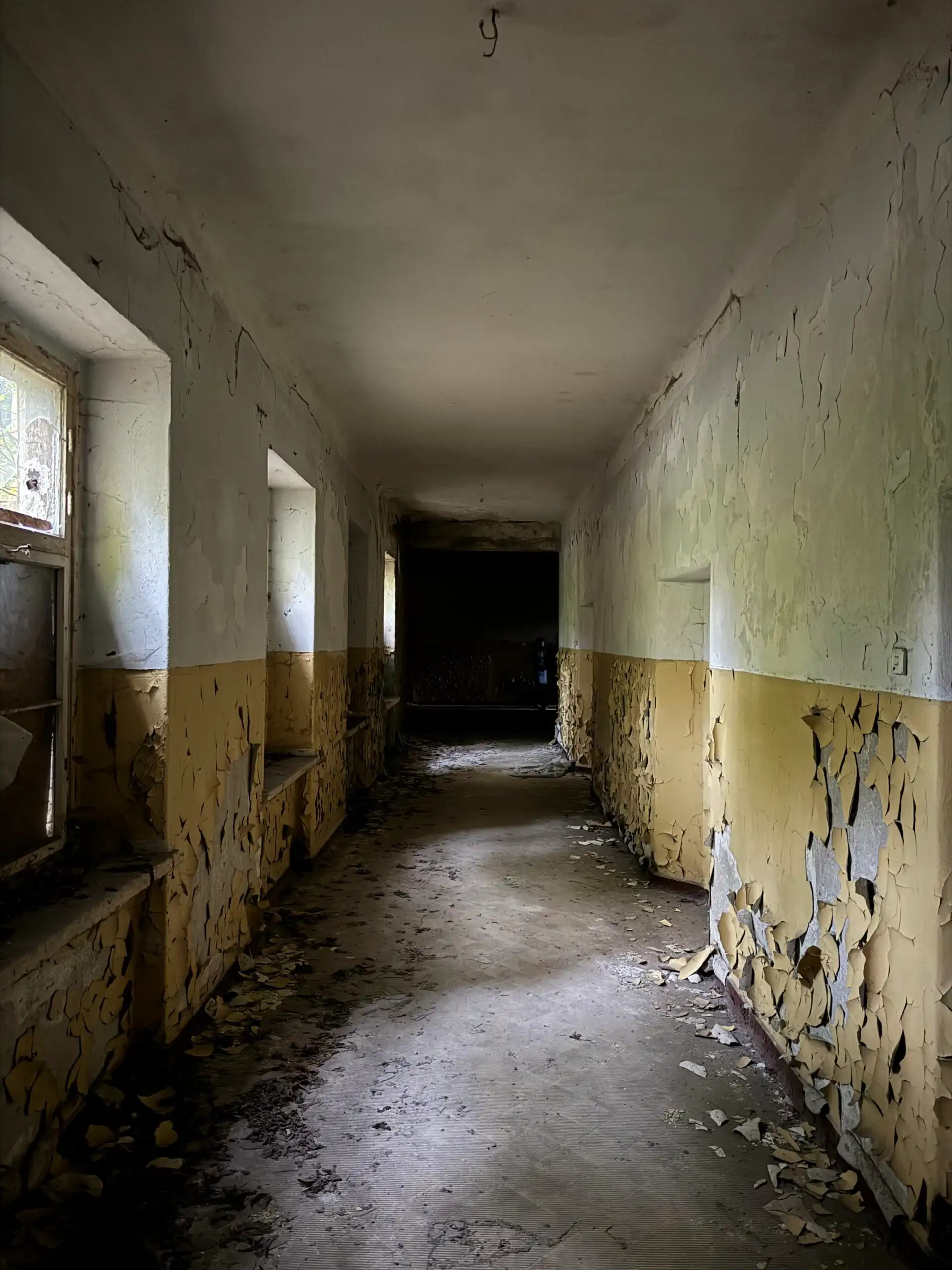
The Oder Island received new attention in spring 2024 when the state government announced its intention to build a so-called departure center for rejected asylum seekers there. For many people, the island has since become a projection screen for a multitude of unresolved problems: the feeling of living in a disconnected region; political powerlessness; the disappointments of the post-reunification period; the stubborn relationship with Russia and, last but not least, dissatisfaction with current migration policy.
Moving Lab in Küstrin-Kietz: What do people still associate with the Soviet troops today?
These transformations and experiences of upheaval as well as the memories of the Soviet soldiers and the unanswered questions about the future of the island were the focus of our Moving Lab in Küstrin-Kietz. Historians reported on their digital search for traces of former Soviet soldiers who were once stationed on the Oder Island – and shed light on their perspectives on the history of the place. Contemporary witnesses described their experiences with the “friendly occupiers”.
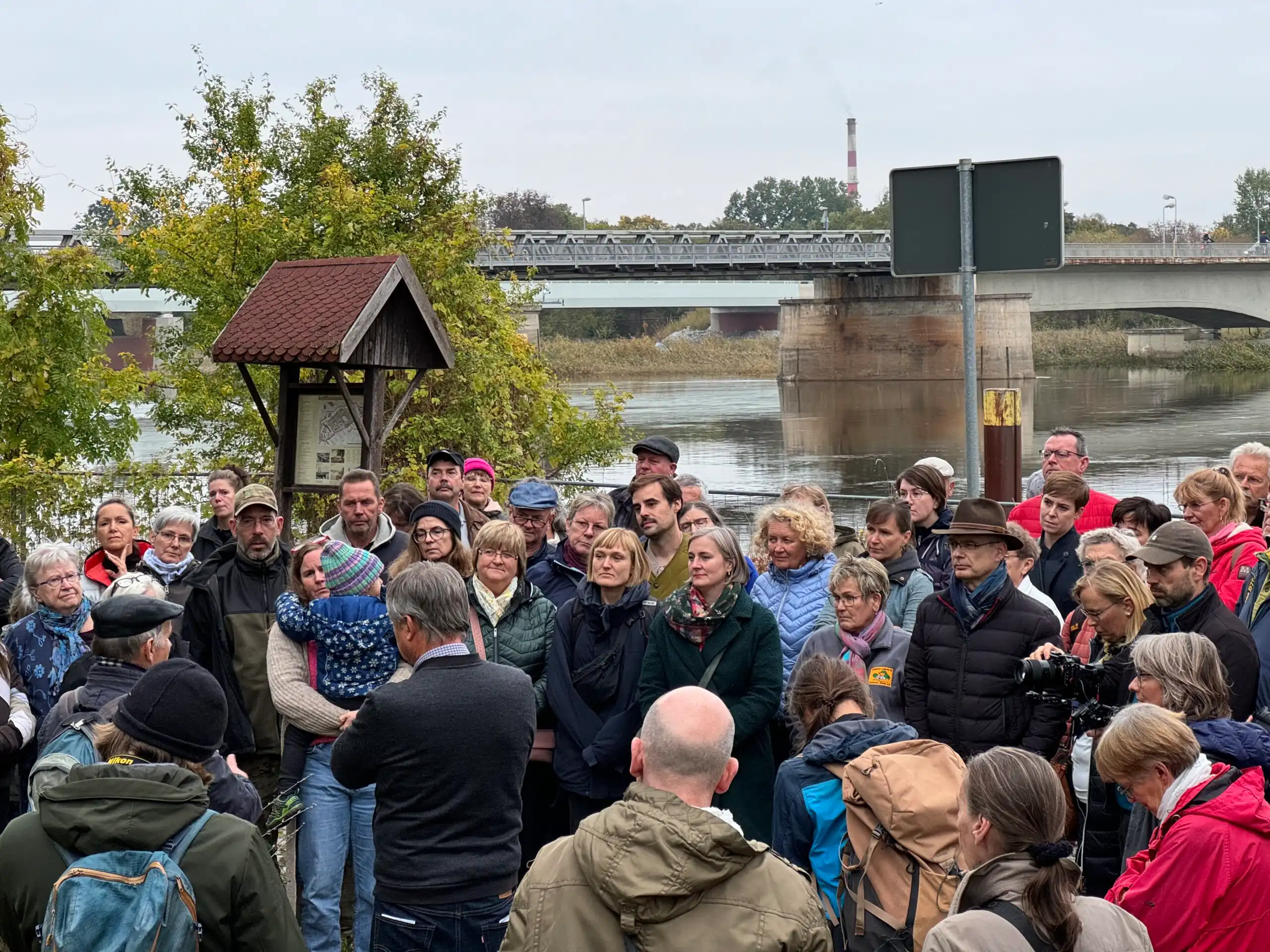
In a panel discussion entitled “Oderinsel – Bilanz einer gescheiterten Transformation”, people from local politics, culture, journalism and science discussed the causes of the failure of the civilian reuse and possible future prospects for the derelict site. An excursion to the now largely derelict Oder Island site illustrated the challenges of reclaiming this “lost place”.
Around 80 people took part. The focus was on discussions about the Soviet presence and the far-reaching changes of the 1990s. In addition to the lectures and discussions, the storytelling sessions were a central format in which local contemporary witnesses shared their views on the past and present of Küstrin-Kietz.
Between proximity and uncertainty: the time of the Soviet presence
Many of the conversations were dominated by memories of life with the Soviet army. The descriptions ranged from everyday encounters to isolated reports of repression and violence. The ambivalence towards the soldiers was mentioned particularly frequently: While the ordinary soldiers were described as “poor bastards”, often pitied and isolated, the officers were seen as people to talk to – albeit at a distance. There were memories of frightening situations, assaults and a feeling of insecurity. One woman reported the fear of riding her bike alone on the Oder embankment. Others told of robberies or how their father kept watch in the garden at night to prevent theft.
At the same time, the Soviet soldiers were part of everyday life for many: they were part of it, “that’s just the way it was”. Informal contacts developed, even if they were mostly sporadic and highly regulated. The few personal relationships – such as the love of a Ukrainian officer for a woman from the village – were told in an almost mythical way.
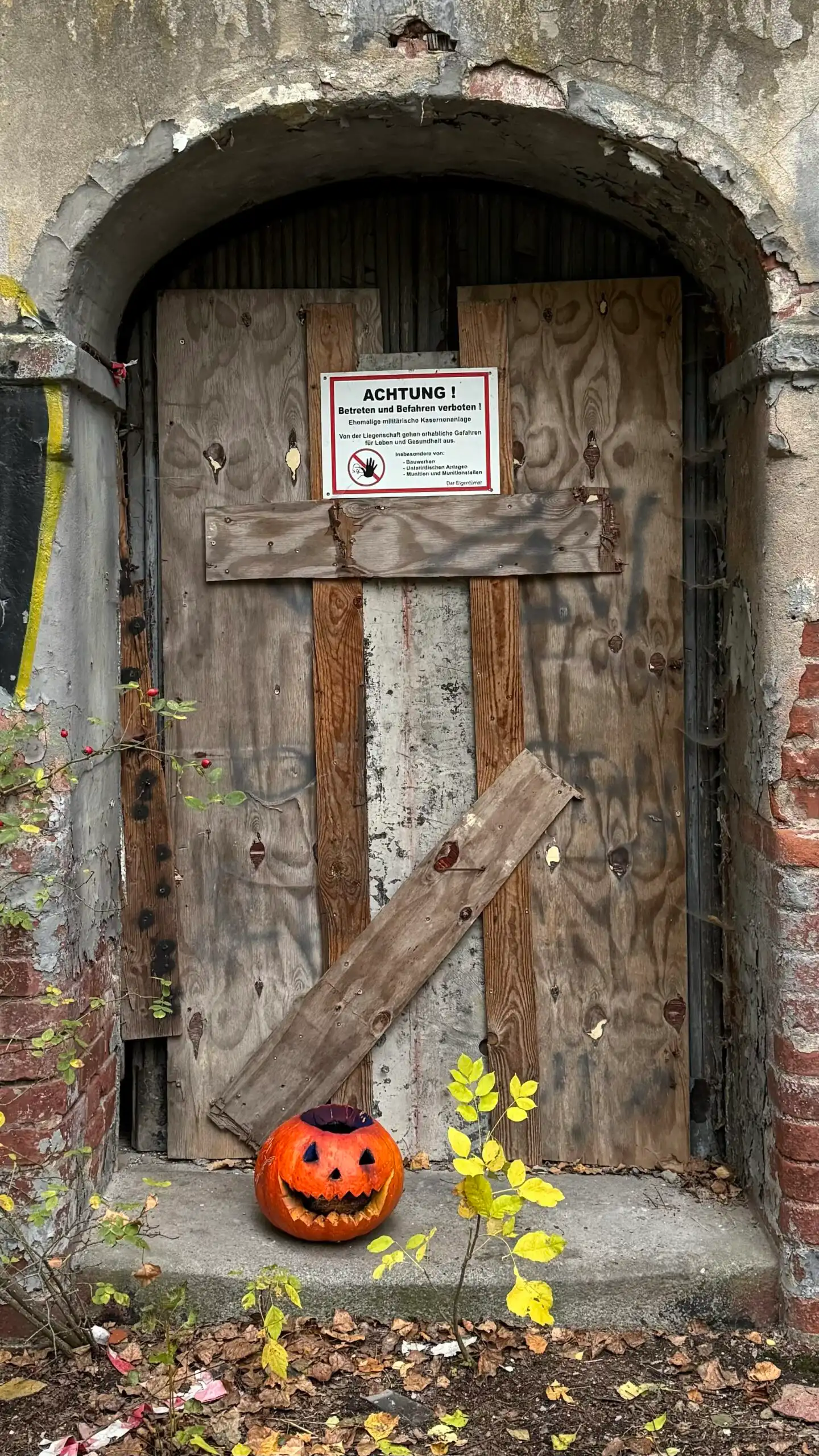
The participants also shared positive impressions: That it was a friendly atmosphere and that the soldiers were not perceived as occupiers. Such statements were contradicted by other participants. After the withdrawal of the troops, however, not much remained of the former supposed solidarity: a complete break. No contact remained. A feeling of disappearance pervaded many conversations.
The future of the island: aspirations, ideas, rejection
Even more dominant were the stories about the profound upheaval after 1990. Many reported the “decay of the village” and the loss of all infrastructure: the school closed, as did the kindergarten. The railroad stopped providing jobs and the retail trade disappeared. Today, as was emphasized several times, there is only one bakery left. No restaurant, no doctor, no supermarket, no post office. Many, especially younger people, have moved away. Instead of over 1,200 in the past, around 700 people now live in the village. At the same time, a few people from Berlin are now moving to the countryside – which is experienced ambivalently: Openness on the one hand, alienation on the other.
Social interaction has also changed. A recurring theme was the work of associations: it is “always the same people” who get involved. Joint activities are only accepted hesitantly – although there are isolated signs of change. Participants also expressed criticism of bureaucratic hurdles and a lack of support for local cultural work.
Ideas about the future of the Oder Island fluctuate between practical needs and historical wishes: A supermarket? A retirement home? A youth hostel? The idea of a deportation center was rejected outright – a project that many felt was unrealistic. One participant scoffed bitterly: “What are they supposed to buy here? There’s nothing left.
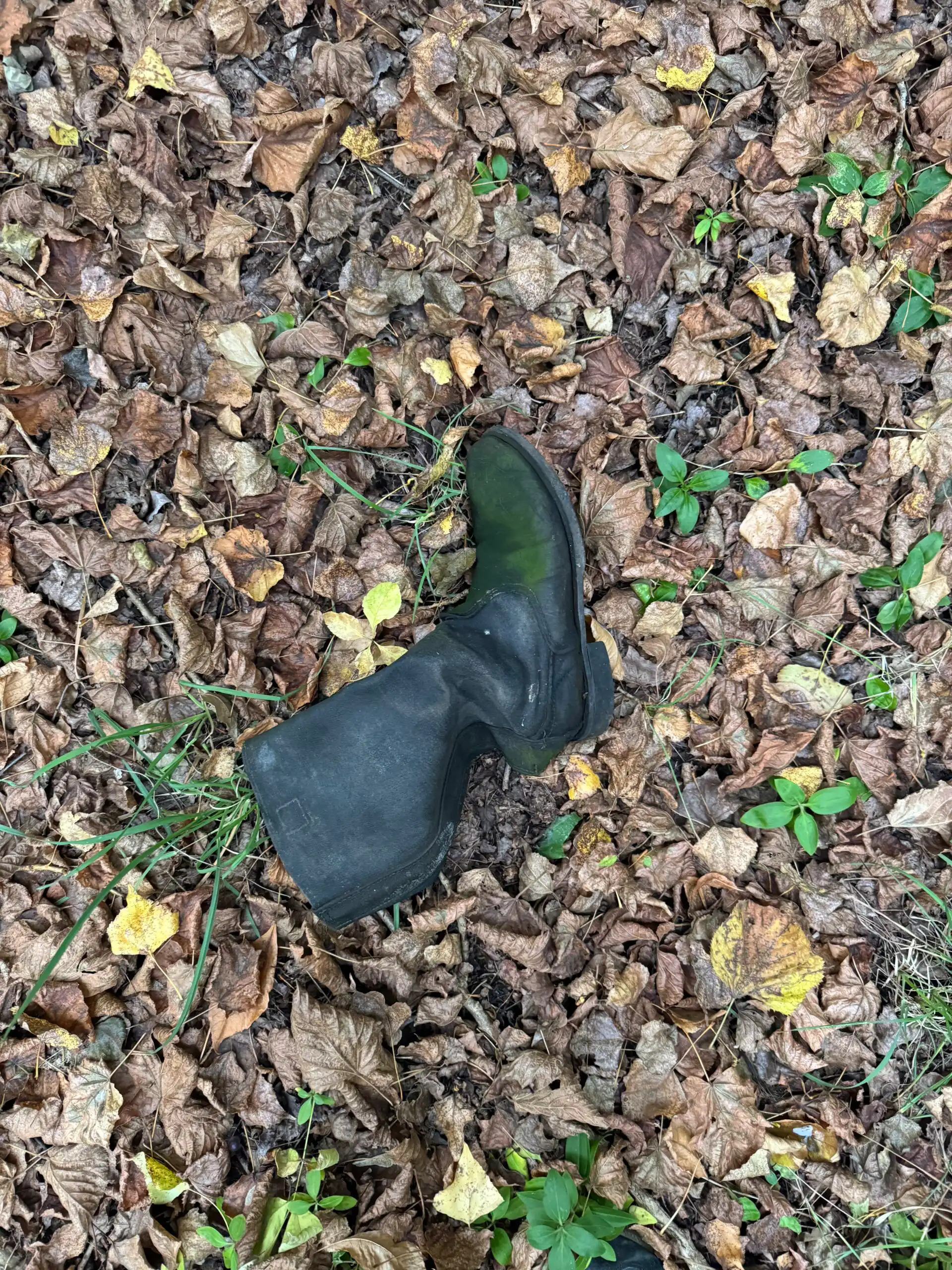
Conclusion: Memories, ruptures – and faint hopes
The Moving Lab in Küstrin-Kietz made it clear how strongly the past and present are interwoven – and how deeply many ruptures still have an impact today. The experiences of the period of upheaval after 1990 have left their mark, both on people’s lives and on the town. At the same time, there were also moments of confidence and the desire to shape the future together. Many people were open to sharing their stories – and grateful for the interest in a place that is all too often overlooked.
The Moving Lab took place on October 6, 2024 from 10 am to 6 pm in the Kulturhaus in Küstrin-Kietz and was a cooperation between Kietz-Bahnhof/Dworzec Chyza e.V., “Connecting Worlds – Kulturland Brandenburg 2024/25”, the Brandenburg Museum for Future, Present and Past, the Leibniz Lab Social Upheavals and Transformations, the ZZF Potsdam and the IRS Erkner.
Über diesen Artikel
Lesen Sie auch
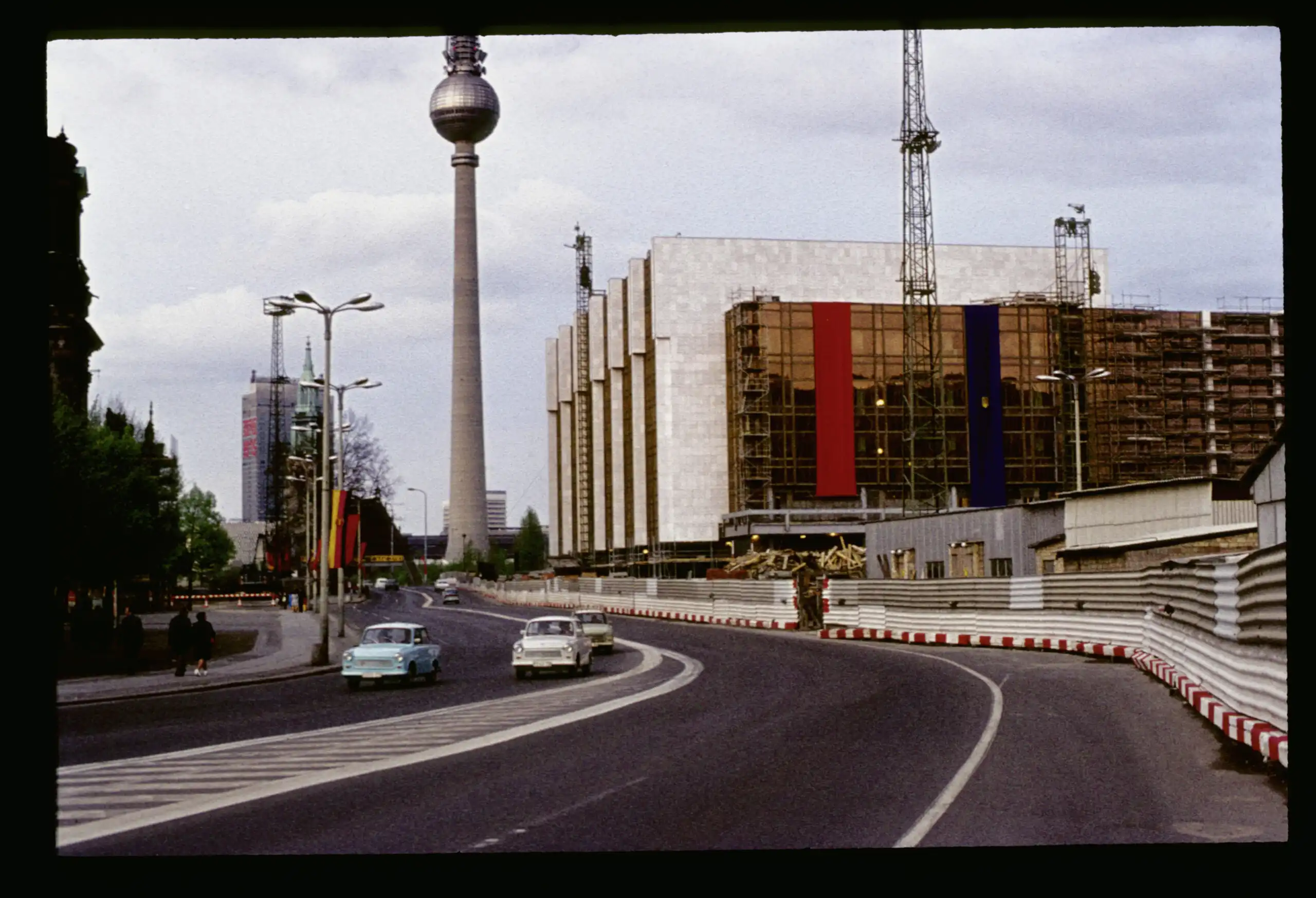
How much Ost-Berlin is in Berlin-Mitte?
German reunification significantly changed the cityscape of Berlin-Mitte. Central buildings such as the Palace of the Republic and the Maple Leaf, which shaped the everyday life and self-image of the GDR population, were demolished. The population has also changed to some extent. The people who live and lived in the neighborhoods were witnesses to socio-political, […]
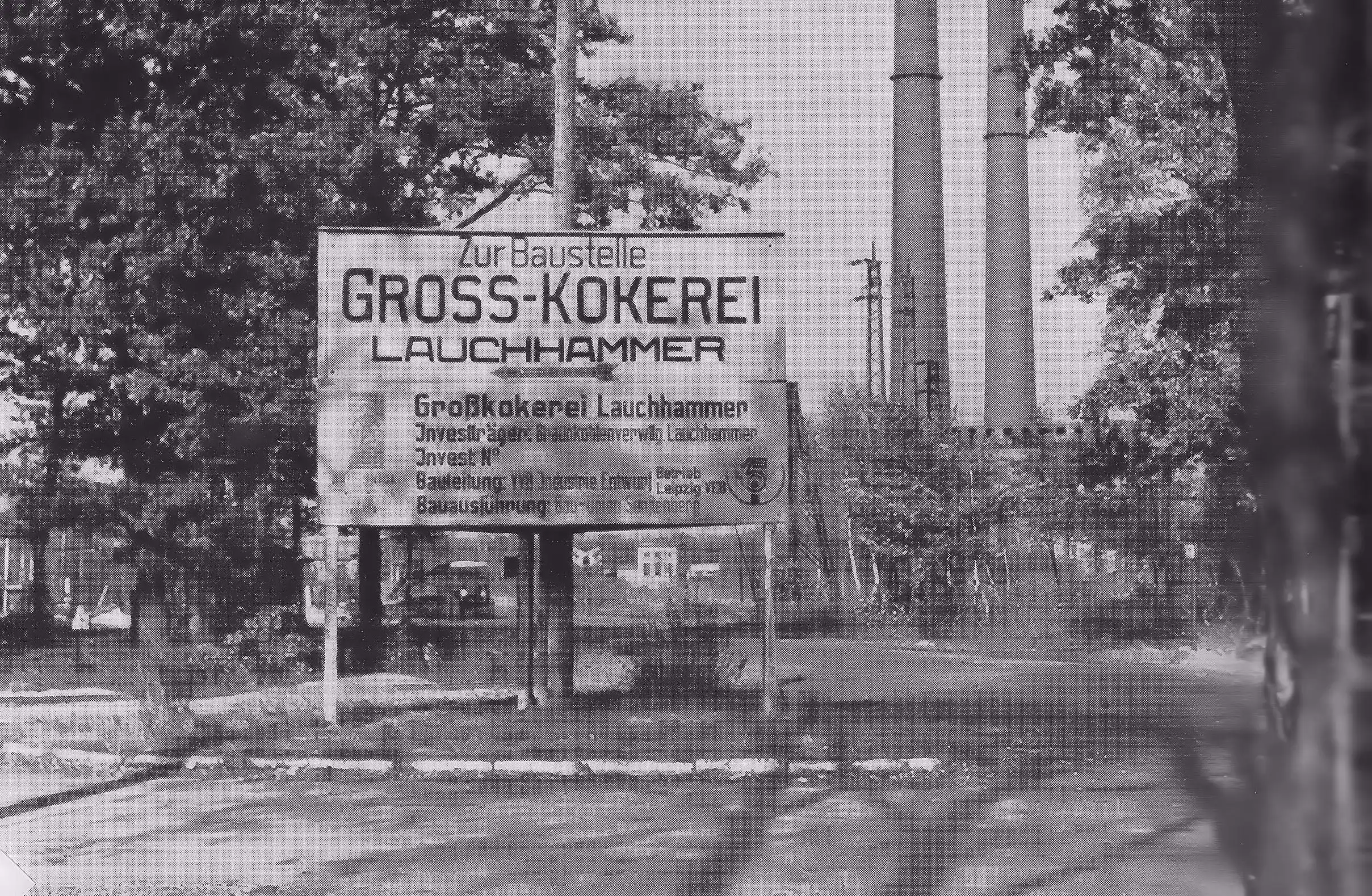
Seeking a new narrative – How a small town is reinventing itself
The name Lauchhammer has little to do with the vegetable that adds flavour to stews and soups. Lauch means ‘moor’ in Lower Sorbian and refers to the landscape in southern Brandenburg where the small town is located. The word “hammer” in the town’s name alludes to its industrial tradition. Iron ore has been mined and […]
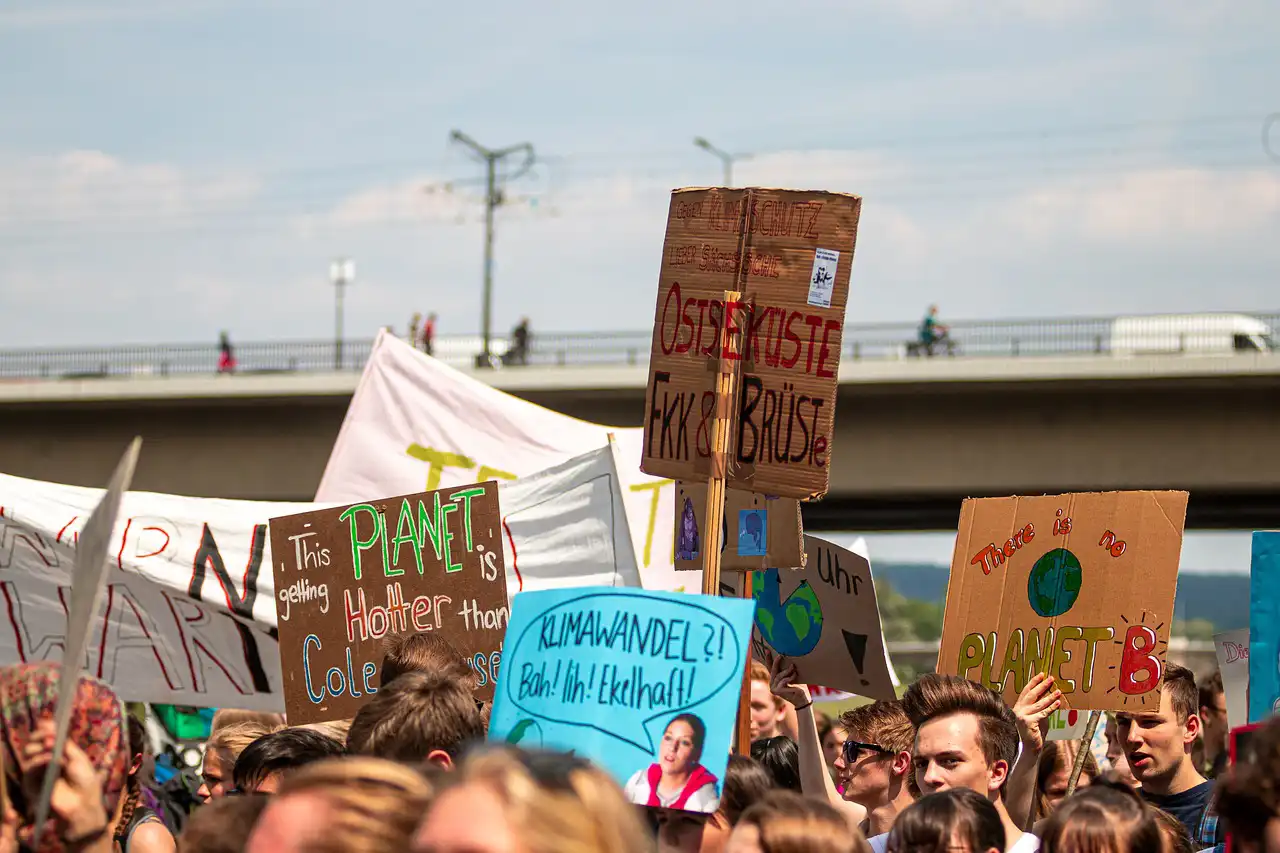
Social-ecological transformation: Stuck between enthusiasm, resistance and unusual alliances
Between optimism and resistance: the socio-ecological transformation is dividing society. While some are calling for radical change, others want to prevent any environmental protection measures. Unusual alliances could help the transformation succeed.

